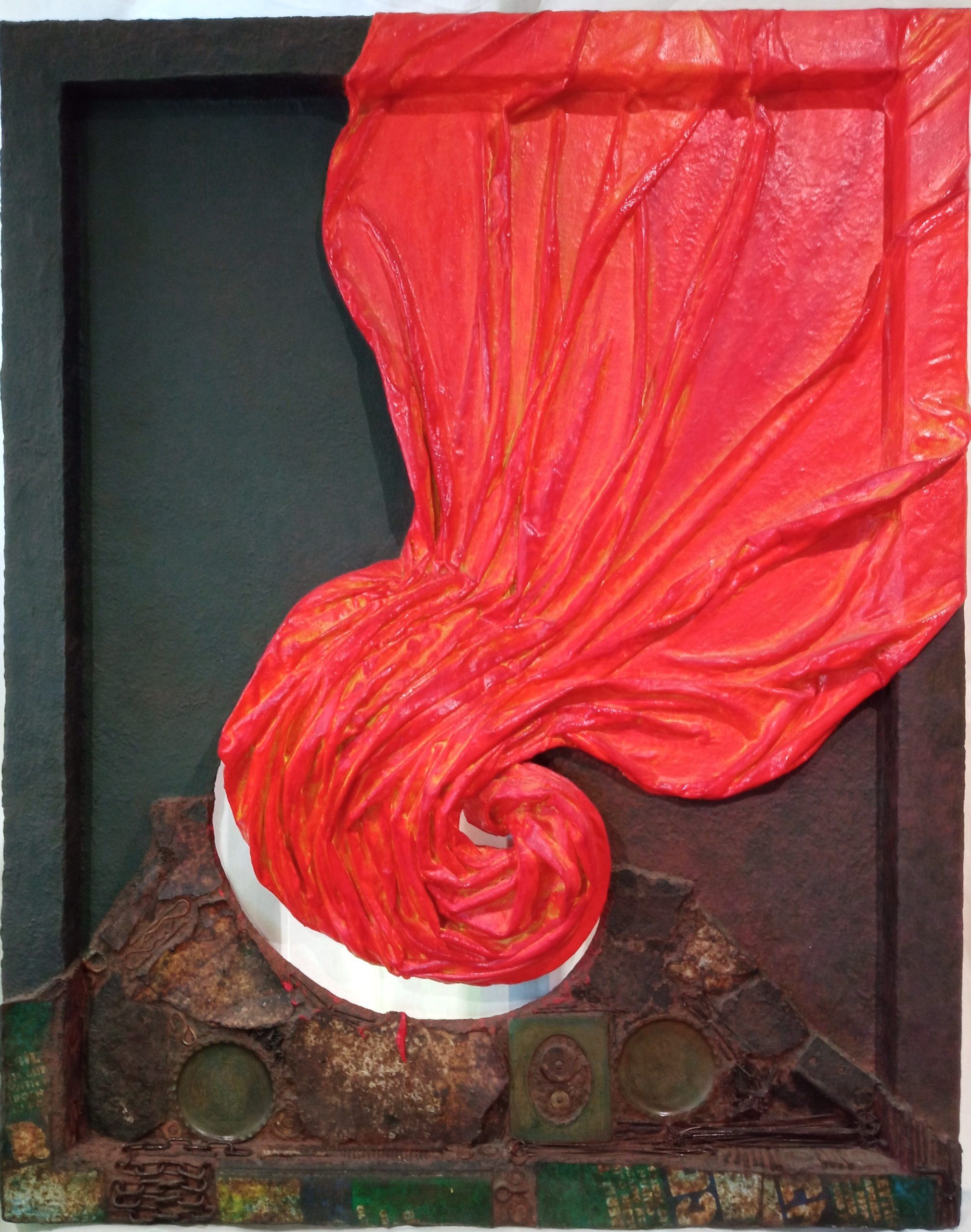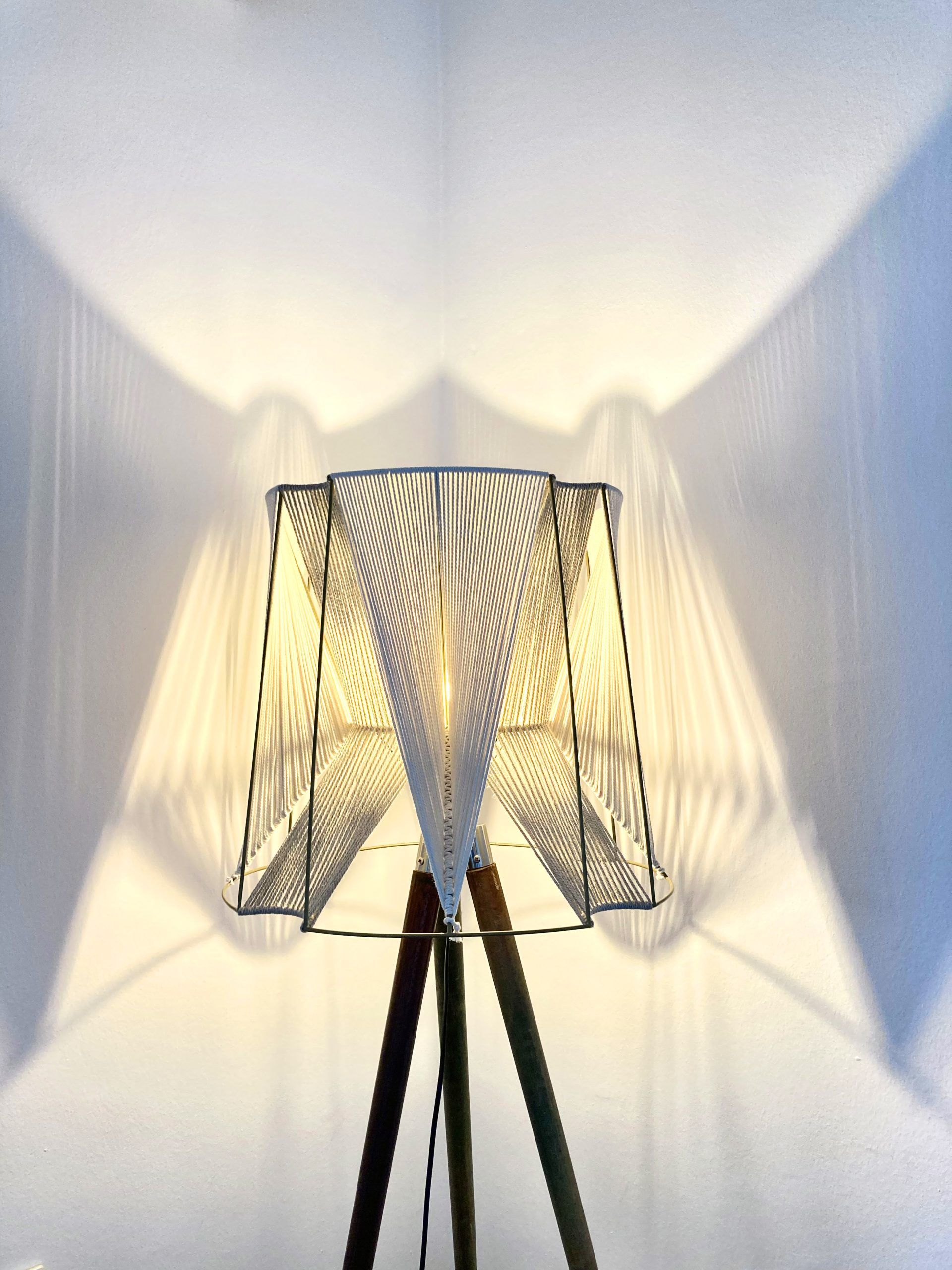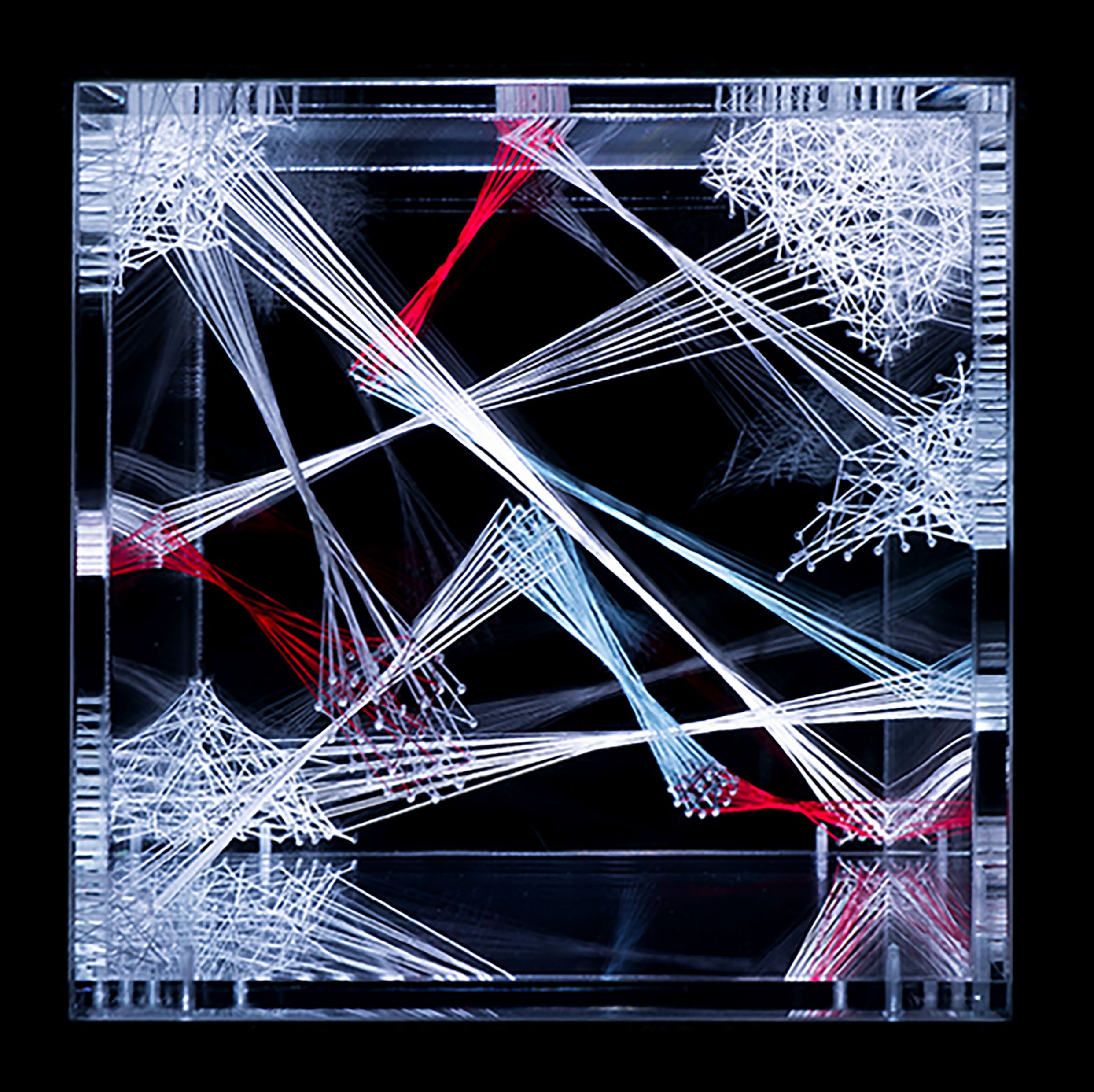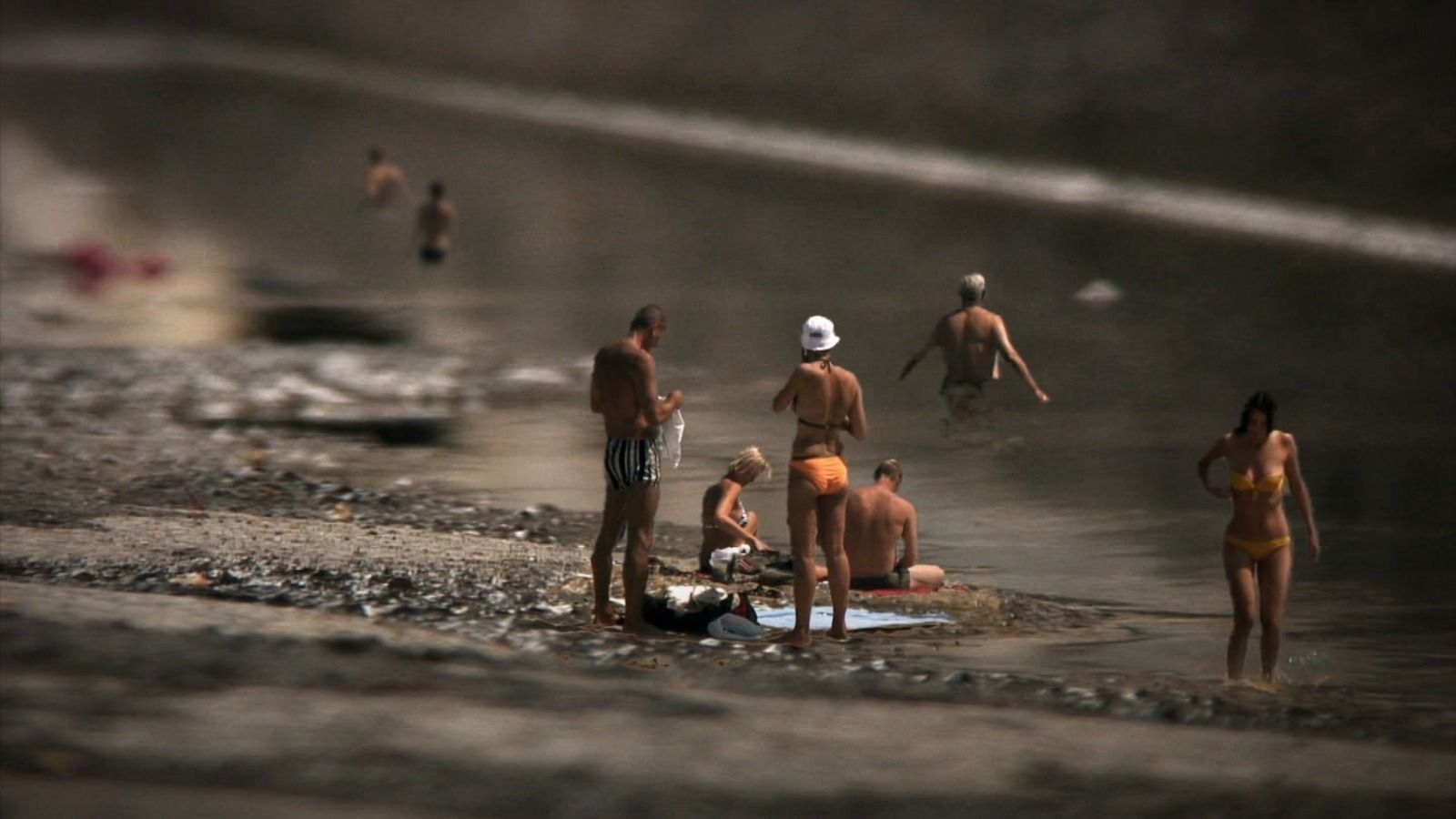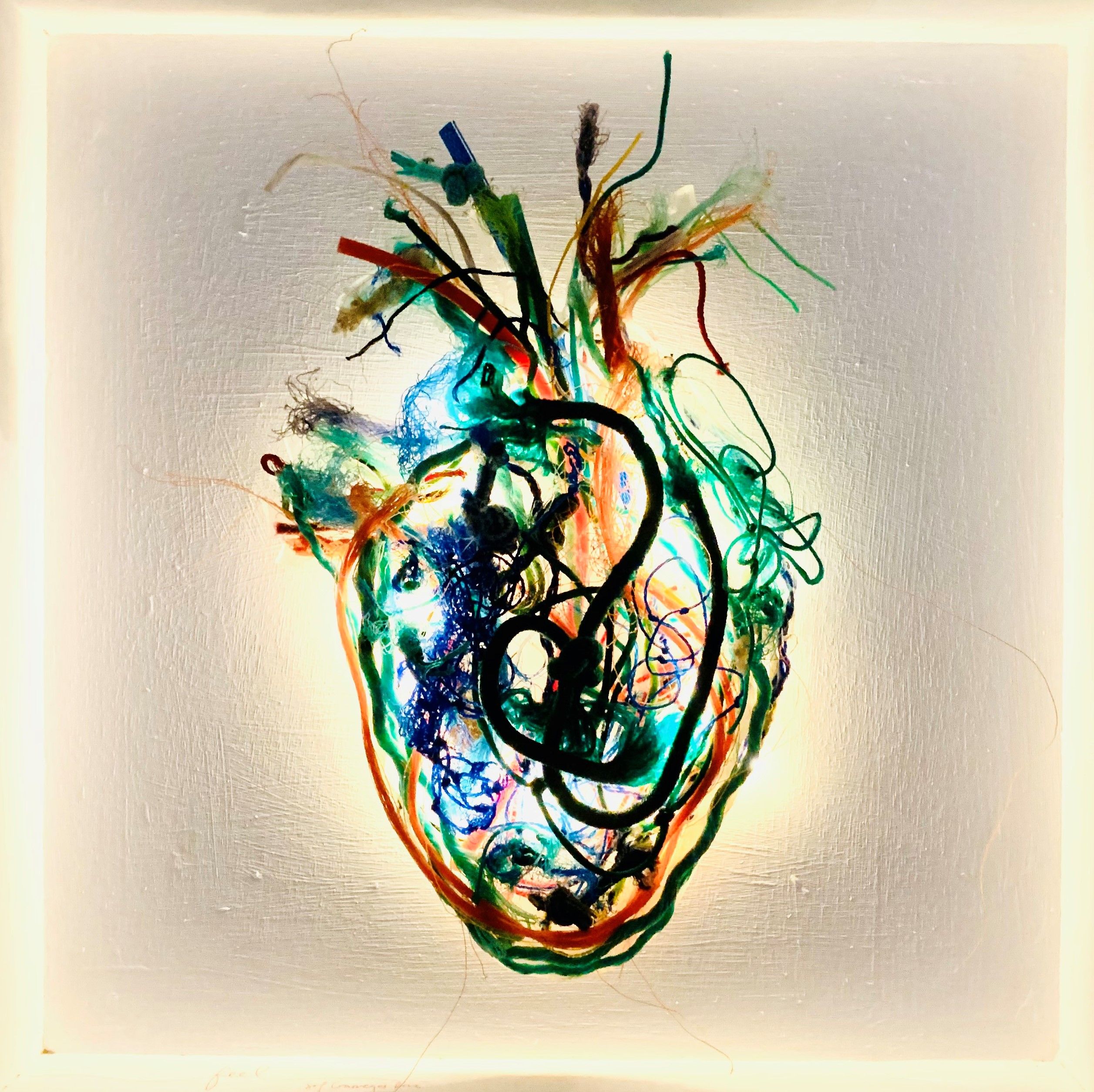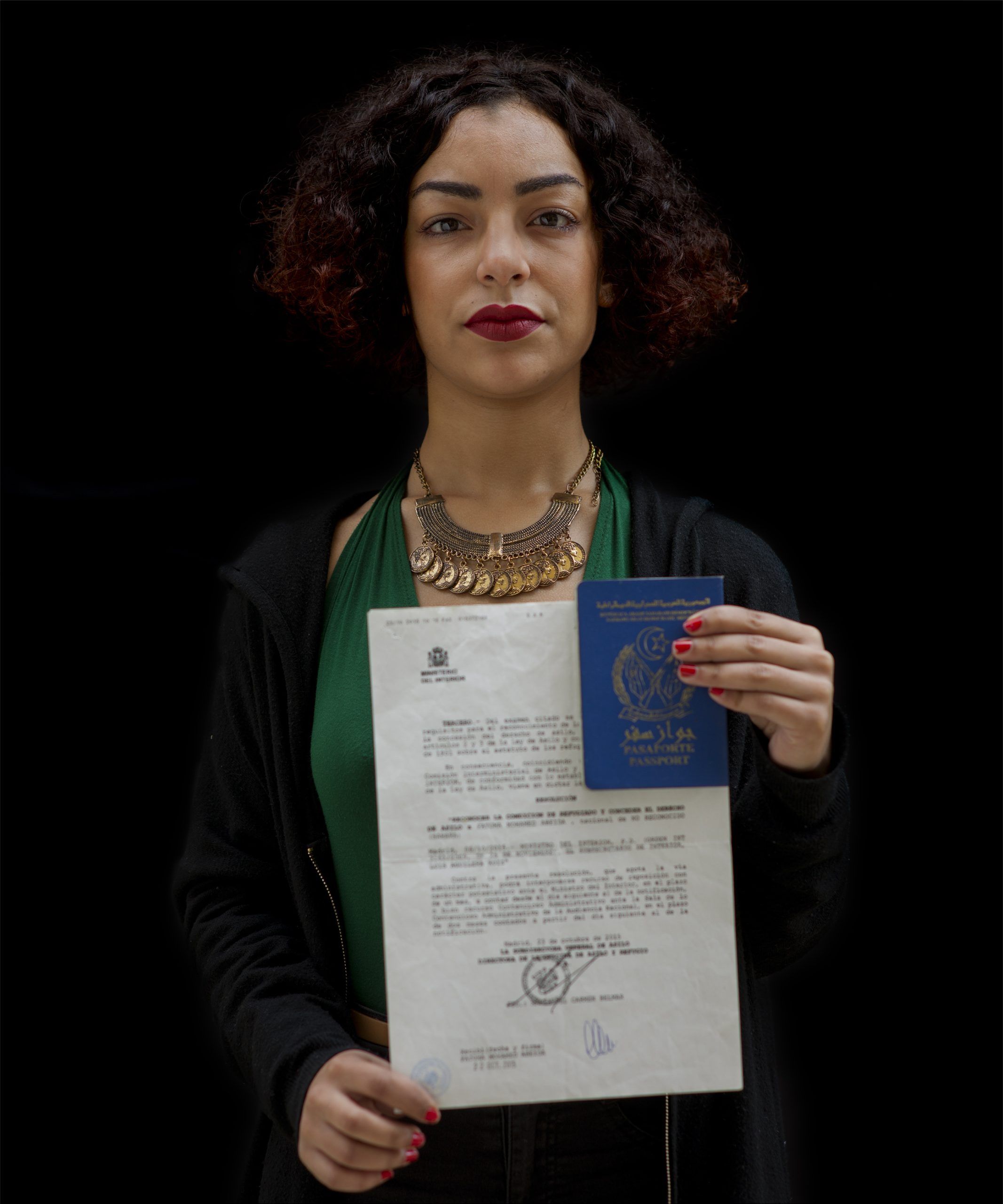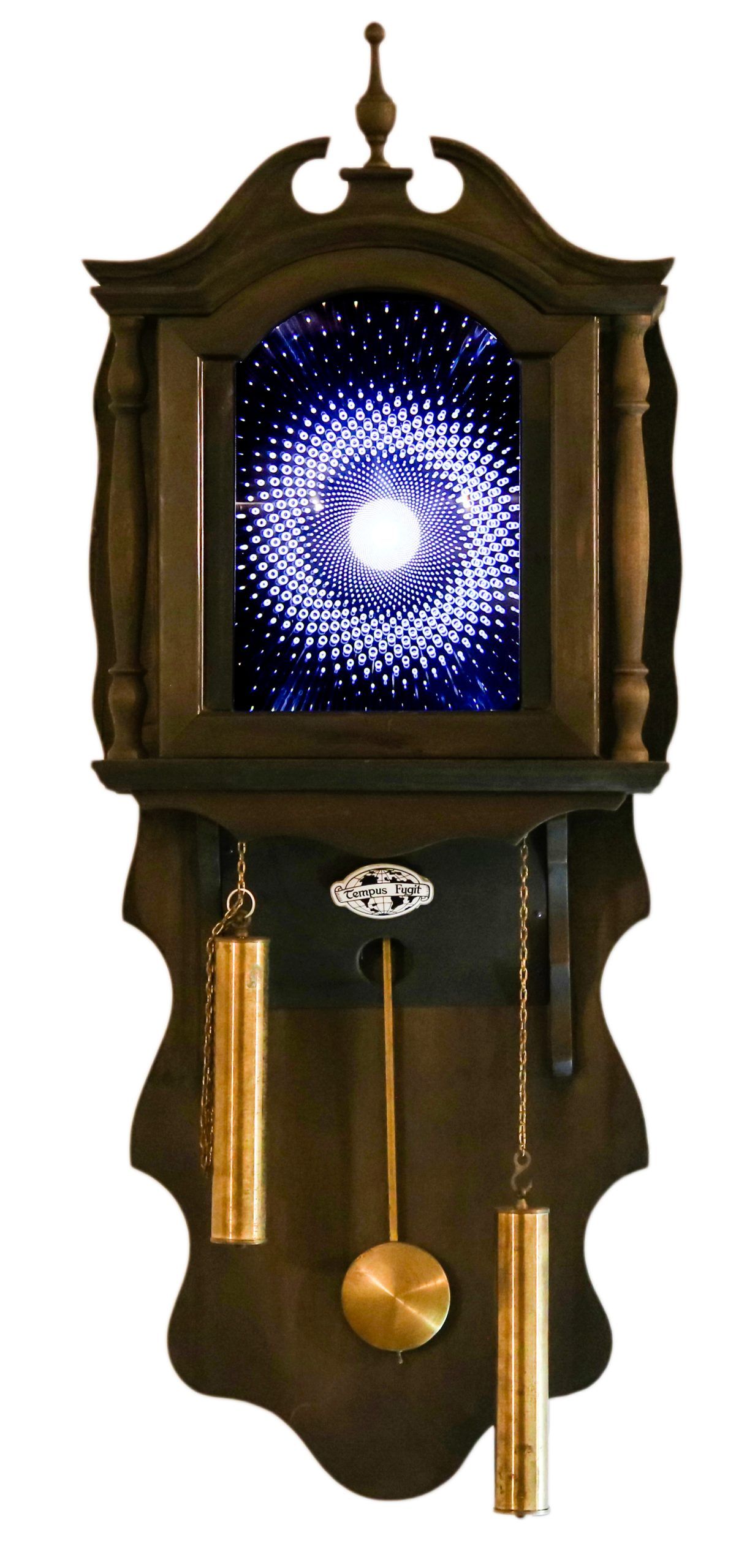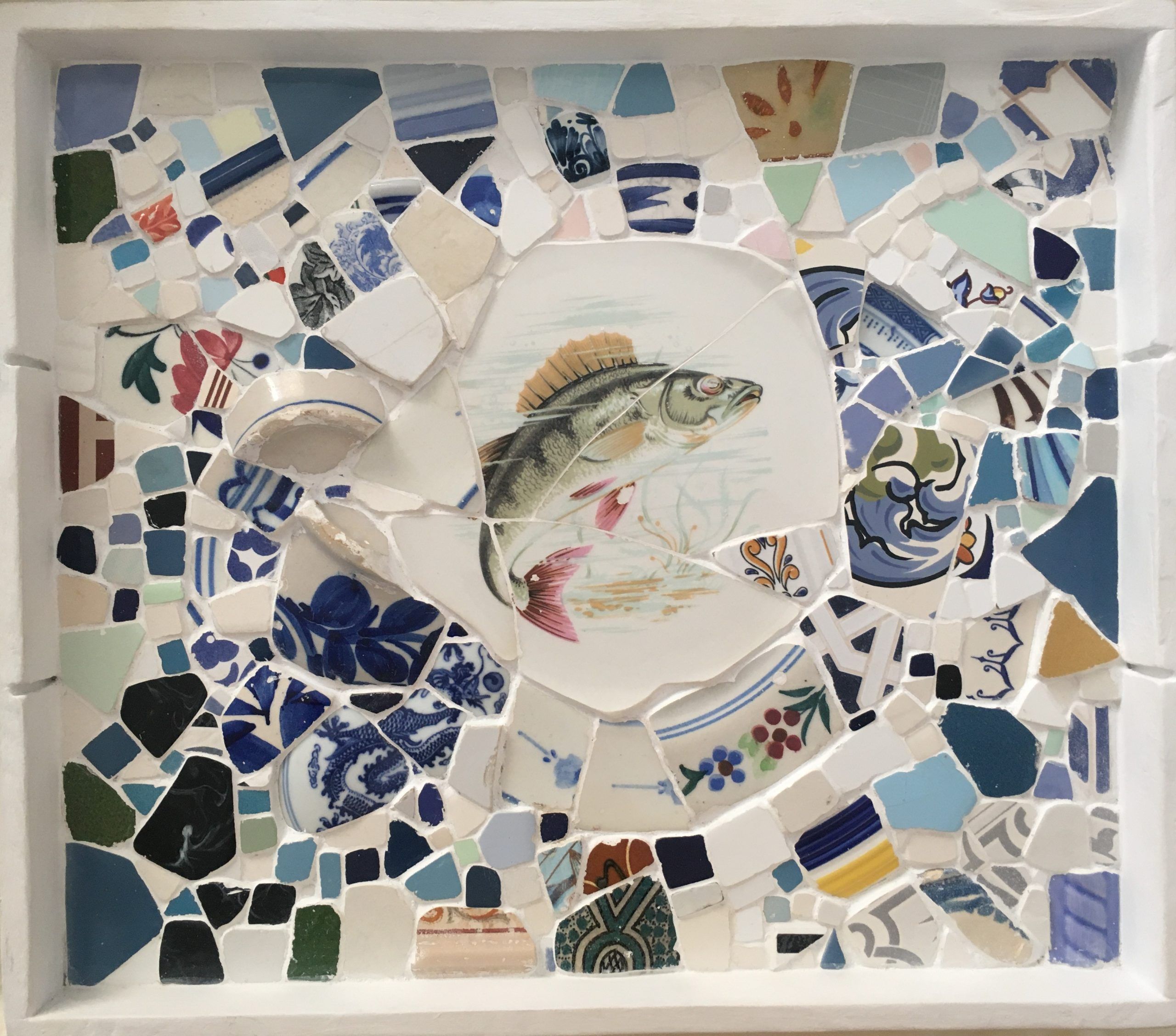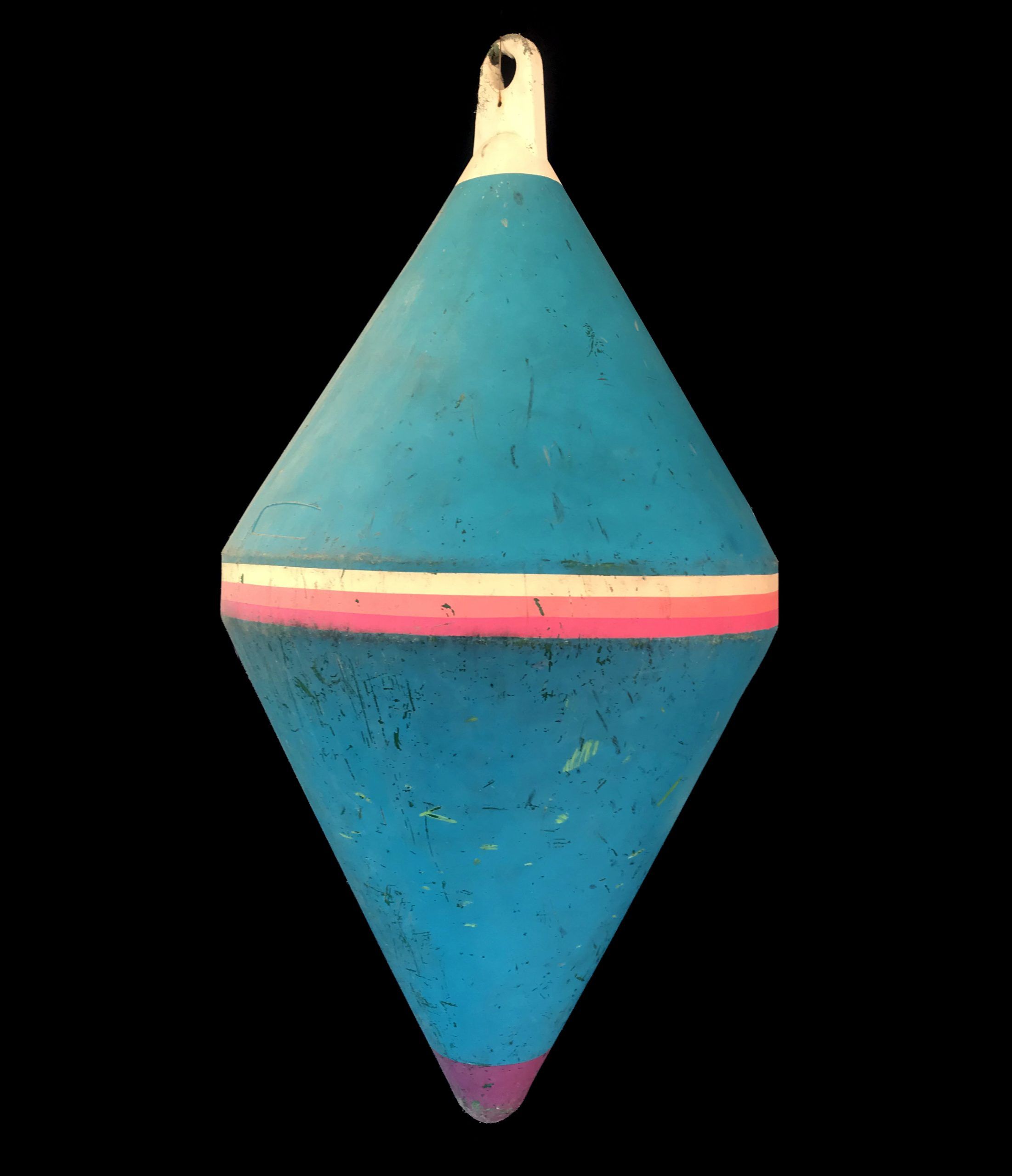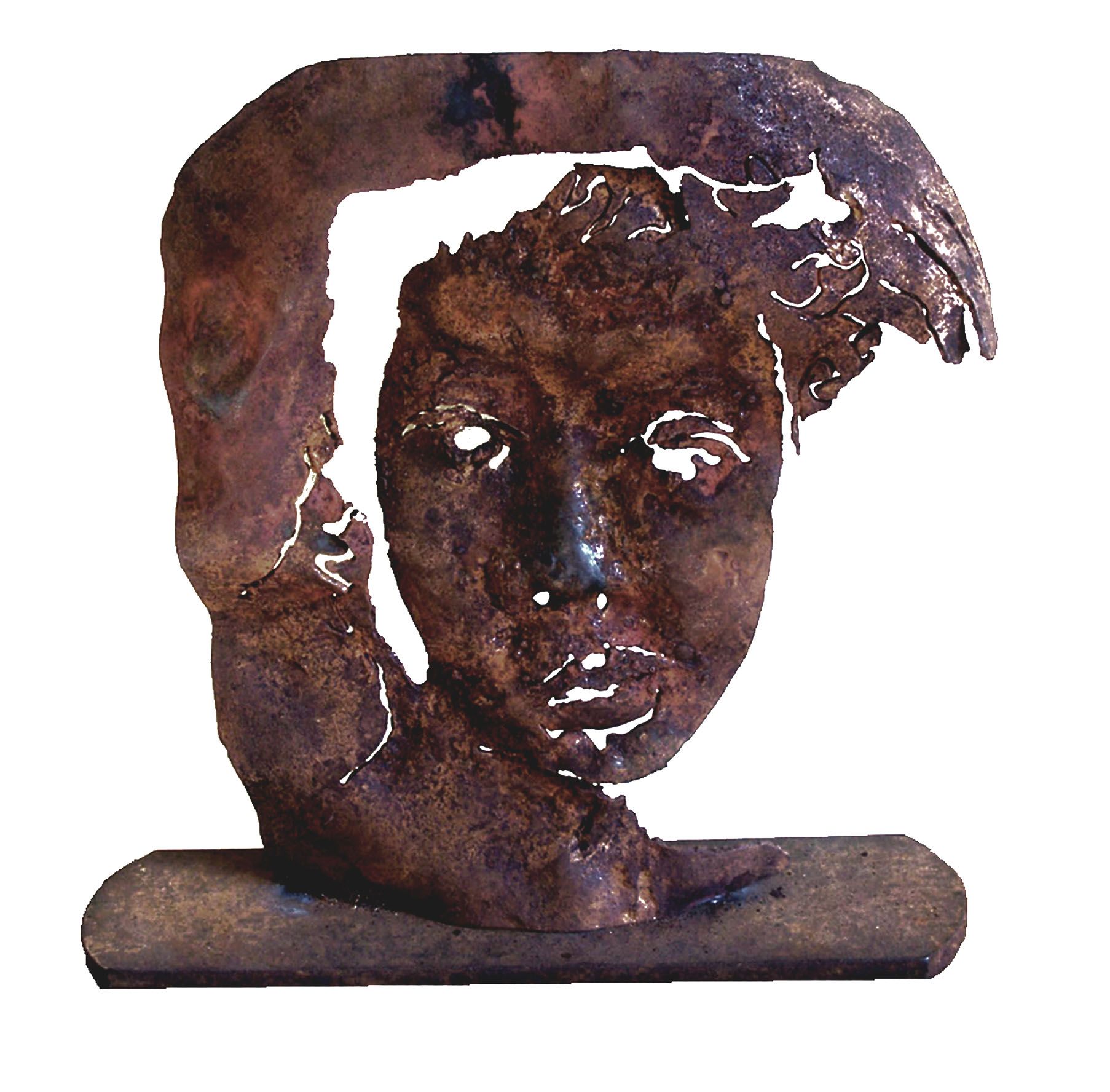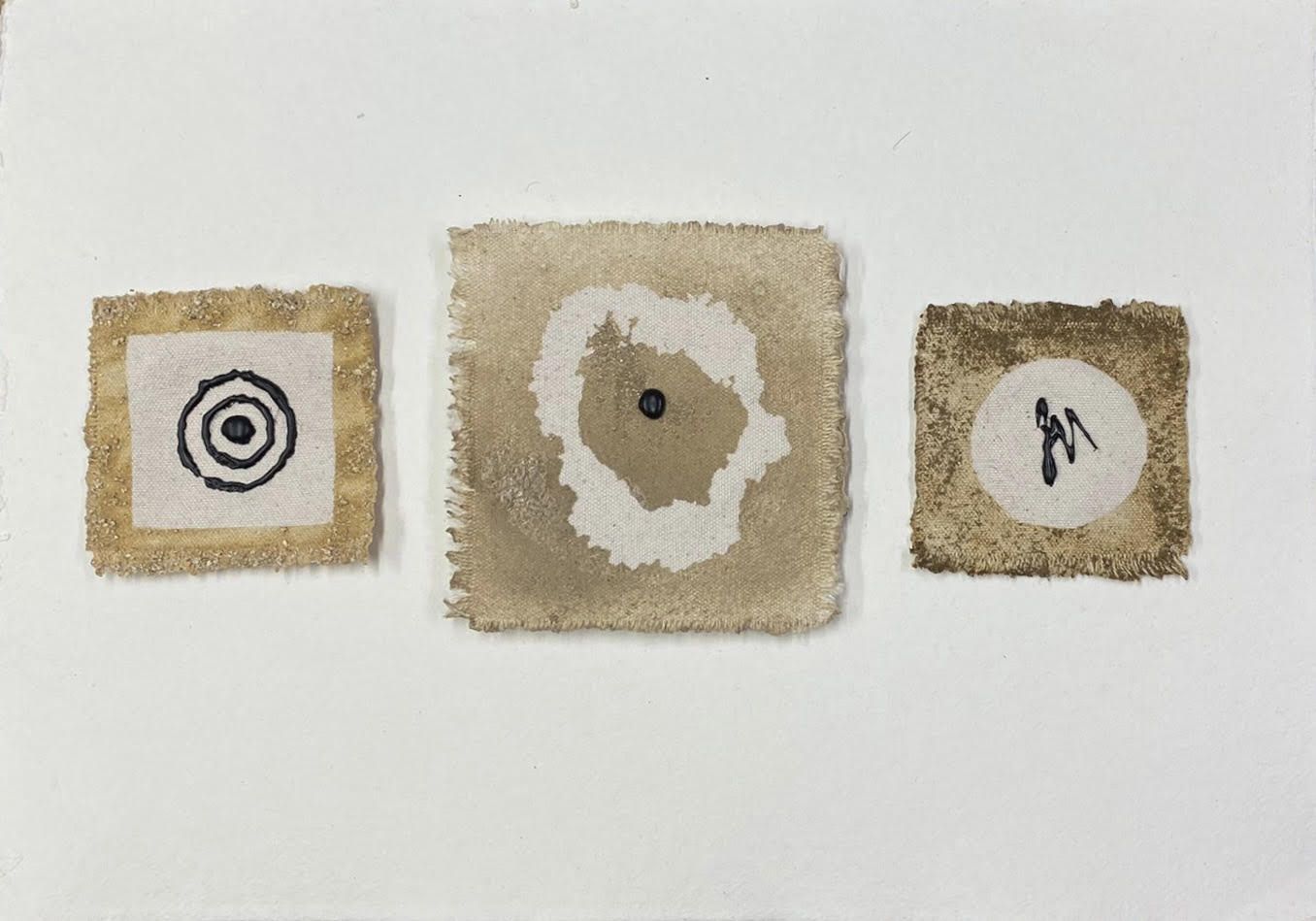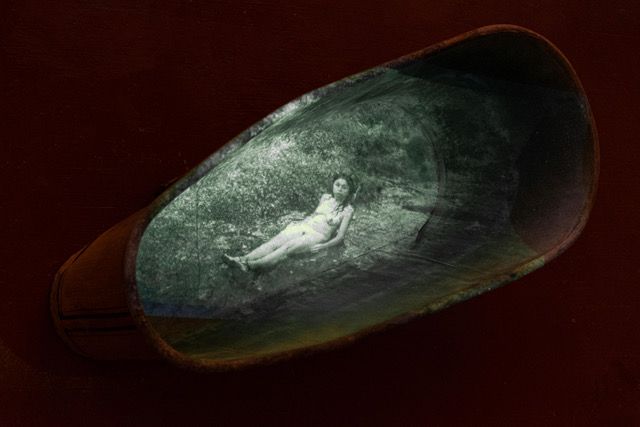Teresa Matilla
Matilla studied at the School of Fine Arts of San Eloy in Salamanca and holds a degree in Art History from USAL. From 1974 to 1976, she attended the cycles of applied psychology and pedagogy at the Pontifical University of Salamanca.
She came into contact with and learned from renowned artists during her training: Chillida, Jerónimo Prieto, Manuel Manzanaro, Félix Felmart, and Marc Tara Tessier. She has held numerous solo and group exhibitions, both national and international.
In the late seventies, she first settled in Alicante and later in the Balearic Islands, where she met local artists. In 1986, she met the German photographer Reinald Wünsche, who became the father of her daughter, and she settled on the island, combining her personal work with teaching activities. She taught theater and flamenco for adults and gave painting classes for children as an extracurricular activity.
In addition to her teaching work, Teresa has contributed to civic engagement, being one of the founders of the Association of Neighbors of the Island of Formentera (AVIF), an entity with notable participation in various advocacy movements, and an active member of the Council of Entities, the Association of Artists of Formentera (ADAF), and a promoter of the Sant Ferran Artistic Market. This year, she was honored with the title of Adoptive Daughter of Formentera.

